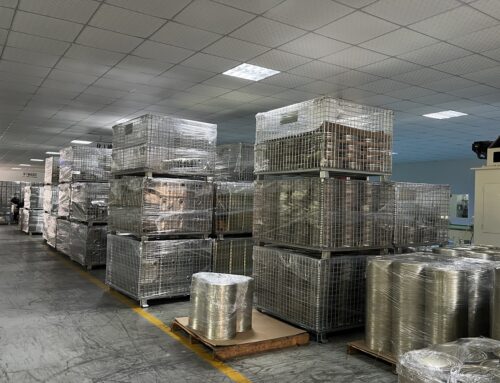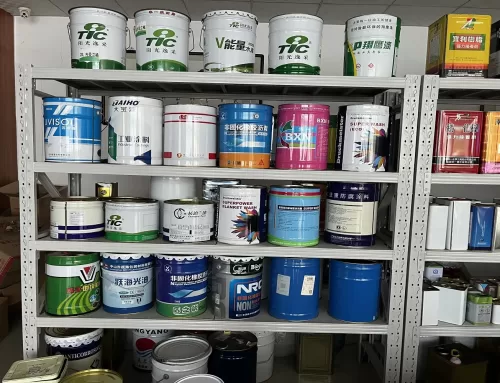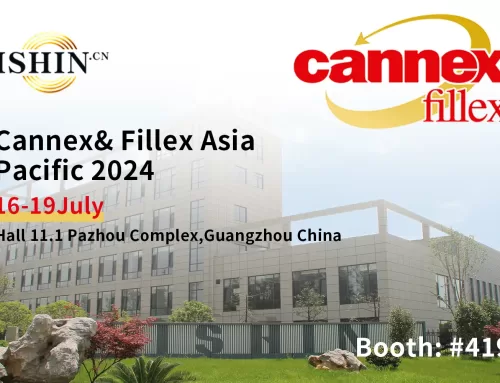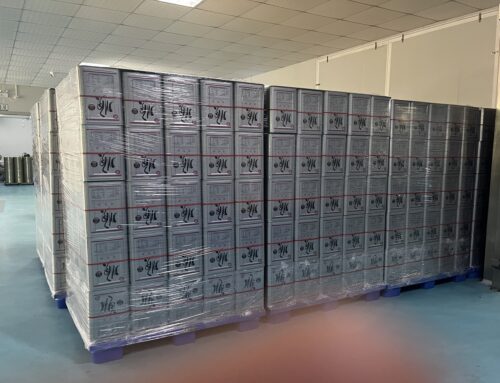The metal tin cans is a kind of packaging that we all like. It can play the role of moisture-proof, waterproof and anti-fall, and can also be stored for a long time. And we often print LOGO or slogans on the surface of the metal. In this way, as the gift is stored in our company The logo can play a role in long-term publicity. So how many methods do you know about the production of metal cans?
After printing, metal substrates generally go through two processes: glazing and forming. The purpose of the gloss oil is to protect the ink film, increase the gloss of the printed matter, make the product more beautiful, and enhance the ability to withstand the bending and mechanical impact during the can-making process. It should be pointed out that since the manufacturing of metal packaging products is carried out in an automatic assembly line, printing is a key process in which the substrate is often molded, and in the molding process of the product, a considerable part of the process is actually It was done before printing. In order to ensure the integrity of the system, this article does not make a strict distinction between pre-press and post-press processes.
1. Stamping process. The metal packaging container, whether it is a box or a can, is mostly formed by the principle of metal stamping through two major processes of separation and plastic deformation from the perspective of the forming process.
Separation process is a stamping processing method that separates the stamping part and the sheet material along the required contour line and obtains a certain cross-sectional quality. The separation process often includes operations such as cutting, blanking, punching, notching, trimming and trimming.
Plastic deformation process is a stamping processing method that makes the stamping blank undergo plastic deformation without destroying it, so as to obtain the required shape and dimensional accuracy. Usually there are three types of bending, stretching and forming. Bending includes pressing bending, crimping, twisting, bending, rolling, bending, drawing bending and other operations; stretching is mainly deep drawing and thinning and deep drawing; there are many forming methods, including turning, flanging, flaring, Narrowing, forming, crimping, bulging, spinning, shaping, and leveling operations.
2.Canning process. The traditional production method of metal packaging cans is: first cut the iron sheet blank into squares, and then cut the blank
The material is rolled into a cylinder (i.e. cylinder) and then the formed longitudinal joint line is soldered together to form a side seal. One end of the cylinder (i.e. tank bottom) and the round end cover are mechanically formed into a flange and rolled Pressure-sealing (this is the double crimping seam) to form the can body; the other end is filled with the product and then the can lid is sealed. Guangzhou round can processing factory is called three-piece can because the container is composed of three parts: bottom, body and lid. This can-making method has basically not changed much for more than 150 years, except that the degree of automation and processing accuracy has been greatly improved. In recent years, the welding seam of the side seal has been changed to fusion welding.
If you need to know more, please click the following link to understand the production process:
A new canning principle appeared in the early 1970s. According to this principle, the can body and the bottom of the can are a whole, which is stamped from a round flat blank and sealed after being filled into the product. This is a two-piece can. There are two forming methods for this can: stamping-thinning and drawing method (ie, punching and drawing method) and stamping-re-stamping method (ie, deep drawing). These technologies themselves are not new. The punching and drawing method has been used to make bullet casings as early as the First World War. The difference in can making is the use of ultra-thin metal and the high production speed (annual output can reach hundreds of millions).
If you need to know more, please click the following link to understand the production process:




